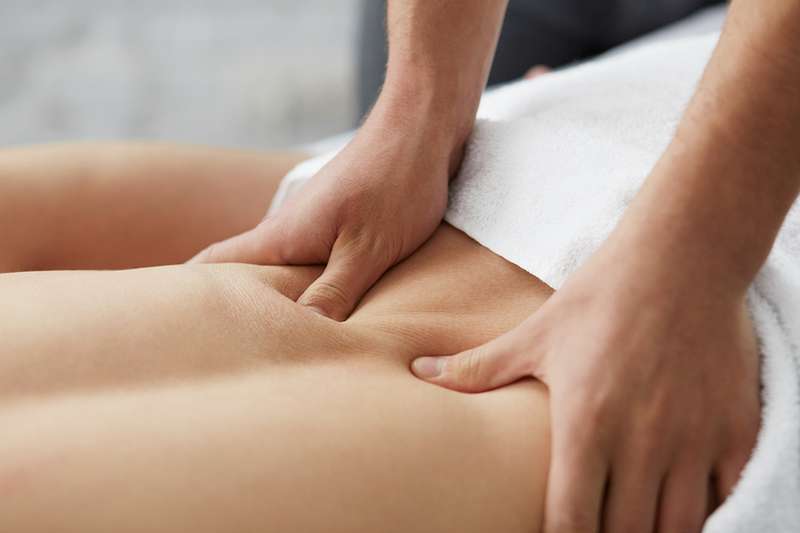What is Trigger point massage?
Trigger point massage, also known as trigger point therapy, is a technique used to alleviate muscle pain and tension by targeting specific areas of tightness within the muscle tissue called trigger points. These trigger points are small, localized knots or areas of spasm within the muscle fibers that can cause pain and discomfort, both locally and in other areas of the body (referred pain).
During a trigger point massage session, I apply direct pressure to the trigger points using their fingers, thumbs, elbows, or specialized massage tools. The pressure is sustained and gradually increased until the muscle tissue begins to relax and the tension in the trigger point is released.
Is it good to massage trigger points?
Yes, massaging trigger points can be beneficial for relieving muscle tension and pain. Trigger points are small, localized areas of tightness within a muscle that can cause referred pain in other parts of the body. By applying pressure to these trigger points, either manually or with specialized tools, I can help release tension and alleviate discomfort.
Massaging trigger points helps to:
Relieve Muscle Tension: By targeting specific areas of tightness, massage can help relax the muscles and improve flexibility.
Reduce Pain: Trigger point massage can alleviate pain associated with muscle knots and referred pain patterns.
Improve Range of Motion: By releasing tension in the muscles, trigger point massage can enhance flexibility and range of motion.
Promote Relaxation: Massage therapy, including trigger point massage, can promote relaxation and reduce stress levels.
However, it’s essential to receive trigger point massage from a trained and experienced therapist like me to ensure safe and effective treatment. Additionally, communication with me about any discomfort or pain during the session is crucial to tailor the treatment to your specific needs and comfort level.
What is the fastest way to release trigger points?
The fastest way to release trigger points involves applying direct pressure to the affected area. Here are some techniques that can help expedite the process:
Self-Myofascial Release (SMR) with Foam Rolling: Using a foam roller, apply pressure to the trigger point by rolling back and forth over the area. Focus on maintaining sustained pressure on the trigger point for 30 to 60 seconds to encourage release.
Trigger Point Release with Massage Balls: Massage balls or lacrosse balls can target specific trigger points with more precision. Place the ball against a wall or on the floor, then lean into it to apply pressure to the trigger point. Hold for 30 to 60 seconds or until you feel the tension release.
Static Stretching: Stretching the muscles surrounding the trigger point can help alleviate tension and encourage relaxation. Perform gentle stretches targeting the affected muscle group, holding each stretch for 30 seconds to a minute.
Manual Pressure: If you have a partner or therapist, they can apply direct pressure to the trigger point using their fingers, thumbs, or elbows. Communicate with them to ensure the pressure is firm but tolerable, and hold for 30 to 60 seconds or until the tension dissipates.
Heat Therapy: Applying heat to the affected area can help relax tight muscles and promote blood flow, aiding in the release of trigger points. Use a heating pad or warm towel for 15 to 20 minutes before performing self-massage or stretching.
It’s important to listen to your body and avoid applying excessive pressure that causes pain or discomfort. If you experience persistent or severe trigger points, consider consulting with me for personalized treatment and guidance.
What is the most common trigger point?
One of the most common trigger points in the body is located in the upper trapezius muscle, which is a large muscle that extends from the back of the neck to the shoulder and upper back area. This trigger point is often referred to as the “upper trap” trigger point.
The upper trapezius trigger point can cause pain and discomfort in several areas, including:
Neck: Pain and stiffness in the neck, especially along the base of the skull and down the sides of the neck.
Shoulder: Pain and tightness in the shoulder, particularly along the top and outer edge.
Headaches: Referred pain that radiates into the head, often resulting in tension headaches or migraines.
Upper Back: Aching or burning sensation in the upper back region, between the shoulder blades.


